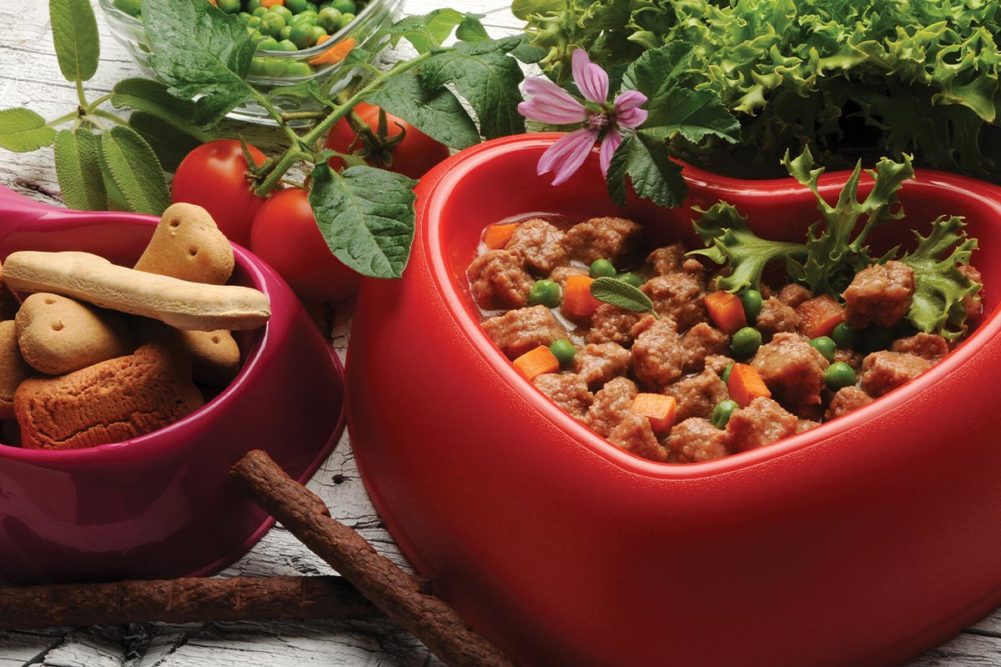This article was published in the September 2020 issue of Pet Food Processing. Read it and other articles from this issue in our September digital edition.
Water is a vital component of pet food but there is a science to making sure there’s enough and not too much. In fact, properly managing water activity in pet food and treat production not only ensures safe, quality product, but also maximizes profits.
“Managing water activity is the most important monitoring tool that can be used for pet food safety and quality,” said Brady Carter, Ph.D., senior application scientist, Neutec Group, Inc., Farmingdale, N.Y. “Many manufacturers have moved to releasing product based on water activity alone.”
“Managing water activity is the most important monitoring tool that can be used for pet food safety and quality,” said Brady Carter, Ph.D., Neutec Group.
The key to maximizing the shelf life of pet food is to identify the ideal water activity range, not only in terms of microbial growth, but also for chemical degradation and texture.
“Through experimentation, the ideal water activity range with both a lower and upper limit can be identified where the product has all the desired characteristics and the longest shelf life,” Carter said. “Once established, production performance and efficiency are all monitored through water activity testing in the QA Lab to make sure all product falls into the established water activity specification.”
There are many issues that can result from a faulty water activity, including: bacterial growth, mold, rancidity, process bridging, poor extrusion with improper mixing, kibbles sticking together and, in the case of too-low water activity, the products become dried out and/or too solid to be edible.
The amount of water can also have an adverse effect upon the health of a pet; not enough causes hard or dry pet food and too much moisture can make the food soggy and can cause the food to mold, sour or become spoiled.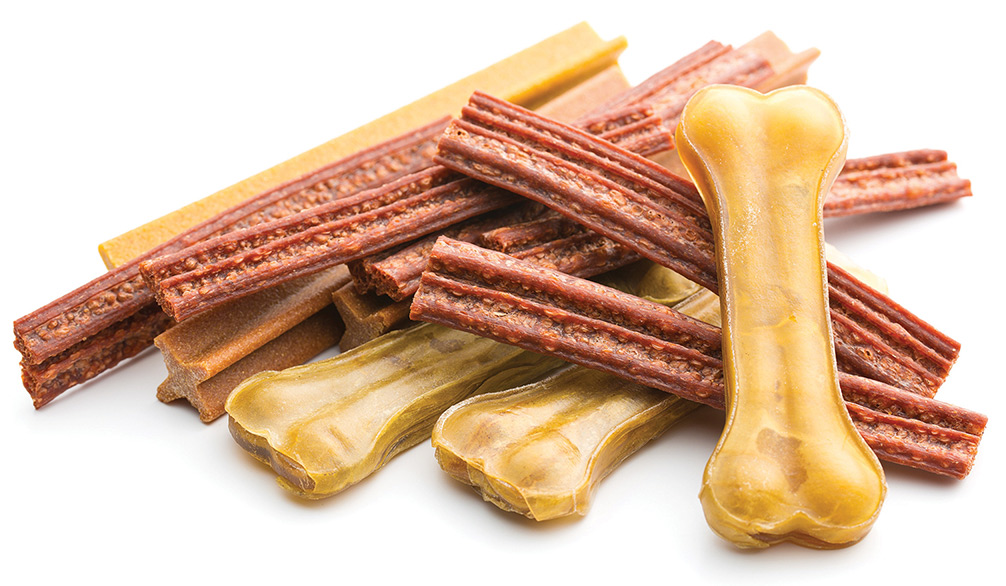
Sarah Hammond, marketing coordinator, MoistTech Corp., Sarasota, Fla., noted maintaining the proper moisture level throughout the production process minimizes waste and maximizes product quality.
“Monitoring the moisture in the raw materials, controlling the mixing/blending process and moisture of the feed in pellet form not only ensures an end-product with consistent quality, but will enable substantial savings to be achieved in the production process,” she said. “The user will know the levels of moisture in the raw material and will be able to accurately calculate the amount of moisture that needs to be added to the mix to achieve the correct consistency of the end-product.”
Brock Lundberg, Ph.D., president of research and development and applications, Fiberstar, River Falls, Wis., agreed that controlling moisture and water activity in pet food is critical and directly impacts both shelf life and palatability.
“In semi-moist pet foods, if the water activity is too high without a proper preservation system, the product’s shelf life will need to be relatively short,” he said. “In dry pet foods, the water activity is low enough not to be much of a concern for shelf life. In canned pet foods, the water activity is important not only for shelf life and palatability, but also because of syneresis or separation issues that can occur if there is variable water activity without an effective stabilizing system in place.”
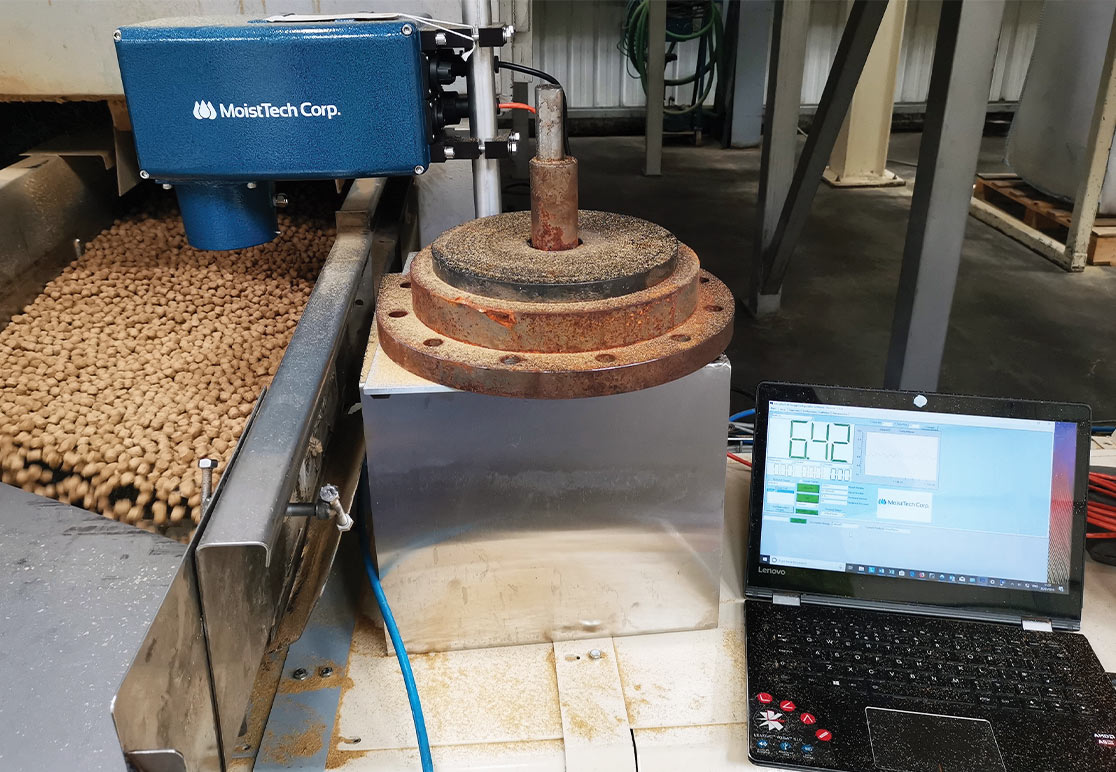
Moisture measurement is critical in all aspects of the materials process. Thus, manufacturing companies are constantly adjusting moisture to maintain the quality of their product. Advances in real-time sensing, data collection, and data analysis and interpretation help to determine the characteristics of the materials prior to processing, providing process efficiency and optimization.
The first step for pet food manufacturers to manage water activity properly is to check it frequently and provide feedback to production managers if product is not meeting specification. This can be caused by non-optimal equipment settings or by variability in ingredients.
Spot checking incoming ingredients for changes in water activity can also be helpful to identify when variability in ingredients could cause finished product to be out of specification.
“The water activity of the product over time will be dictated by the combination of packaging and storage conditions,” Carter said. “So, understanding how quickly the water activity will change to unsafe levels in the current packaging will allow manufacturers to determine if their current package is sufficient or if a lower cost packaging could be utilized. This can be done through modeling when the package moisture barrier properties are known.”
“The water activity of the product over time will be dictated by the combination of packaging and storage conditions,” Carter said.
Moisture measurement during the production of animal feed is desirable at numerous stages throughout the manufacturing process.
“With varying moisture content in raw materials, on-line near-infrared (NIR) measurement is a key tool in ensuring optimum efficiency and quality control,” Hammond said. “The ability to measure moisture and make process adjustments during the production cycle is key. The MoistTech Online sensors can be installed into any hopper, silo, material line, belt or screw conveyor and the moisture results are displayed on a color touch screen or output on any of our many signal options.”
Animal food that is too wet or too dry can result in the loss of a manufacturer’s time and money, as well as impact the quality of the end-product.
“Stable, fixed moisture levels, however, ensure that animal food products maintain consistency, and that product waste is minimized,” Hammond said.
Refinements now allow MoistTech’s sensors to be pre-calibrated by the factory to fit the exact customer needs based on samples they provide. The process is then a plug-and-play operation with no changes needed.
Industry insiders explain that if the water activity is not controlled properly, it will lead to a reduction in stability and the inability to meet best-by labels. This could lead to recalls and complaints with the potential of millions of dollars of lost revenue plus reputation damage.
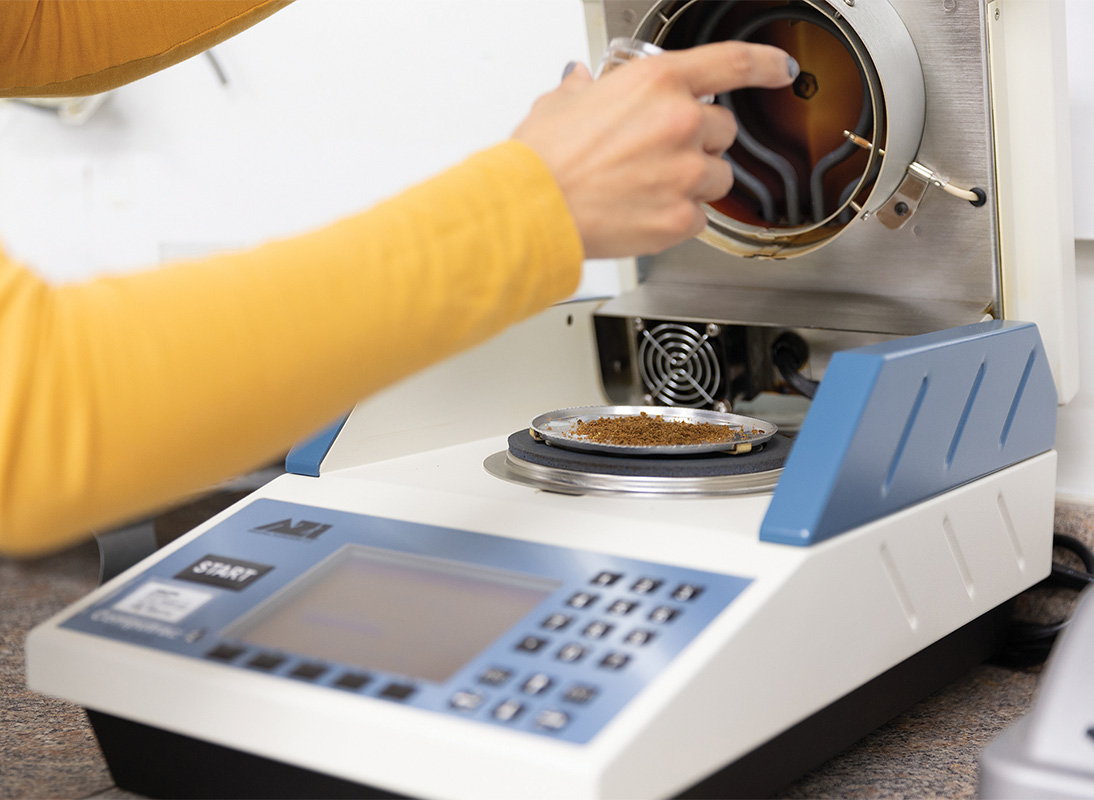
The problem is that the inherent error in moisture content measurement and a lack of understanding of the relationship between moisture content and water activity (called the moisture sorption isotherm) can result in a long-trusted moisture content spec failing.
“I have seen multiple examples of this occurring and leaves the manufacturer perplexed as to why their moisture content spec would suddenly let them down and it is always related to an undetected change in water activity,” Carter said. “Millions in lost dollars could have been avoided if only the product were being released on a water activity specification.”
Companies evolve
Clean label is one of the biggest growing trends in pet foods and applies to all of the ingredients used in pet foods, including moisture management tools, emulsifiers, gelling agents, and preservatives.
According to Lundberg, there are a few highly functional, clean label ingredients in the market that help manage water migration. For instance, Citri-Fi citrus fiber helps improve product quality in many pet foods and treats to enhance their processability, moistness and final texture.
“This is due to this natural citrus fiber’s high ability to bind both water and oil,” Lundberg said. “Because it is labeled as citrus fiber, citrus flour, or dried citrus pulp, Citri-Fi resonates well with the natural pet food markets and can be used to replace chemical emulsifiers and moisture binding agents.”
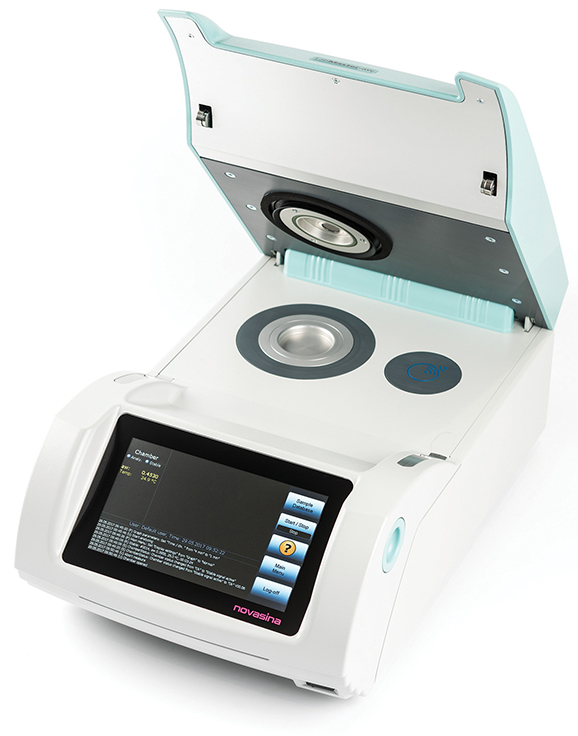
“Additionally, citrus fiber has shown to improve strength and extend chew time in molded injection bones,” Lundberg said. “And Citri-Fi helps reduce crumbing in biscuits during handling. Typical usage rates are 0.2% up to 1% depending on the level of water and oil binding needed. Customers are using our product to either displace other hydrocolloids or fibers that do not retain high levels of moisture and fat, or to minimize the amount of ingredients used in a formulation. Both strategies are common when cleaning up pet food and treat labels.”
One other important aspect of pet foods is being strong enough such that the kibbles or treats do not readily fall apart. Lundberg noted because of Citri-Fi’s high internal surface area, it has the ability to bond well with the pet food’s matrix to better hold it together, reduce stickiness during processing, and provide added strengthening.
“In semi-soft chews, citrus fiber retains moisture and improves texture to create a more meat-like texture,” he said. “During processing, if there is a tendency for water or oil separation, citrus fibers can readily bind and stabilize this as a result of its absorbent properties while also being pH and heat stable. While having many functional properties, citrus fiber is also a clean label ingredient that’s consumer friendly with a simple ingredient declaration.”
Another hot area where this natural citrus fiber manages water migration well is in fresh or raw pet foods such as those packed in chubs or casings. Citri-Fi binds the water and oil so that there is no weeping within the packaging during refrigeration or freeze/thaw. This natural ingredient also contributes to the meat-like texture which improves the overall appearance of the product.
Traditionally, moisture content had been used as the main moisture-related release specification, but Carter noted outreach efforts to educate manufacturers about the difference between water activity and moisture content, and that microbial growth is controlled by water activity and not moisture content, has led manufacturers to prioritize water activity as the most critical release specification.
“With pet food, setting an ideal water activity specification is a critical step in formulating for safety and quality,” he said. “That’s why it’s important to establish water activity specification, formulate to meet that specification and monitor production with frequent water activity testing to create an optimal shelf life and achieve maximum revenue.”
Read more about product development, ingredients and formulation.
